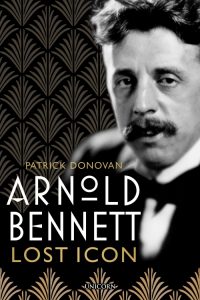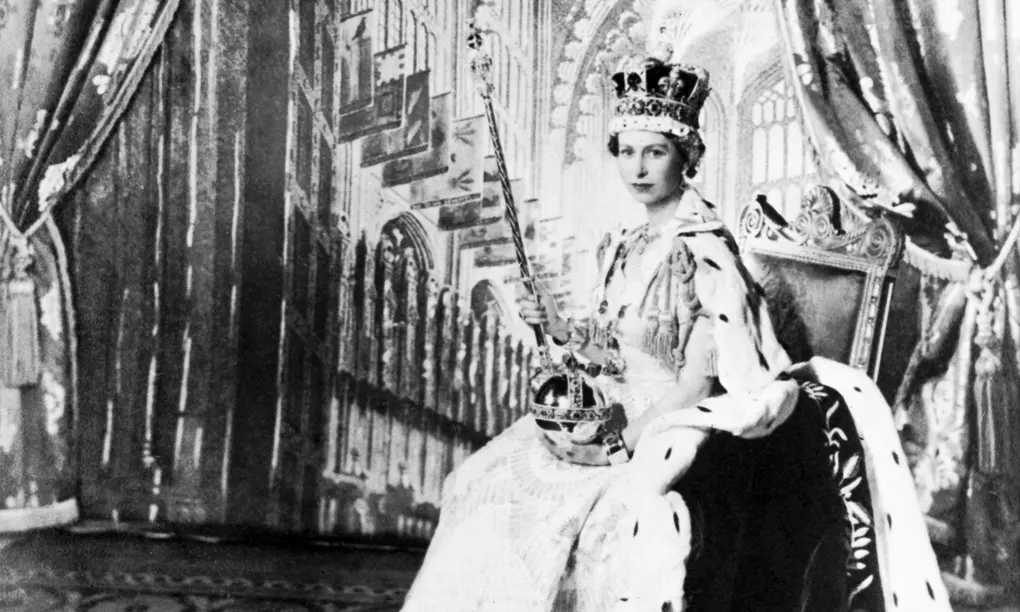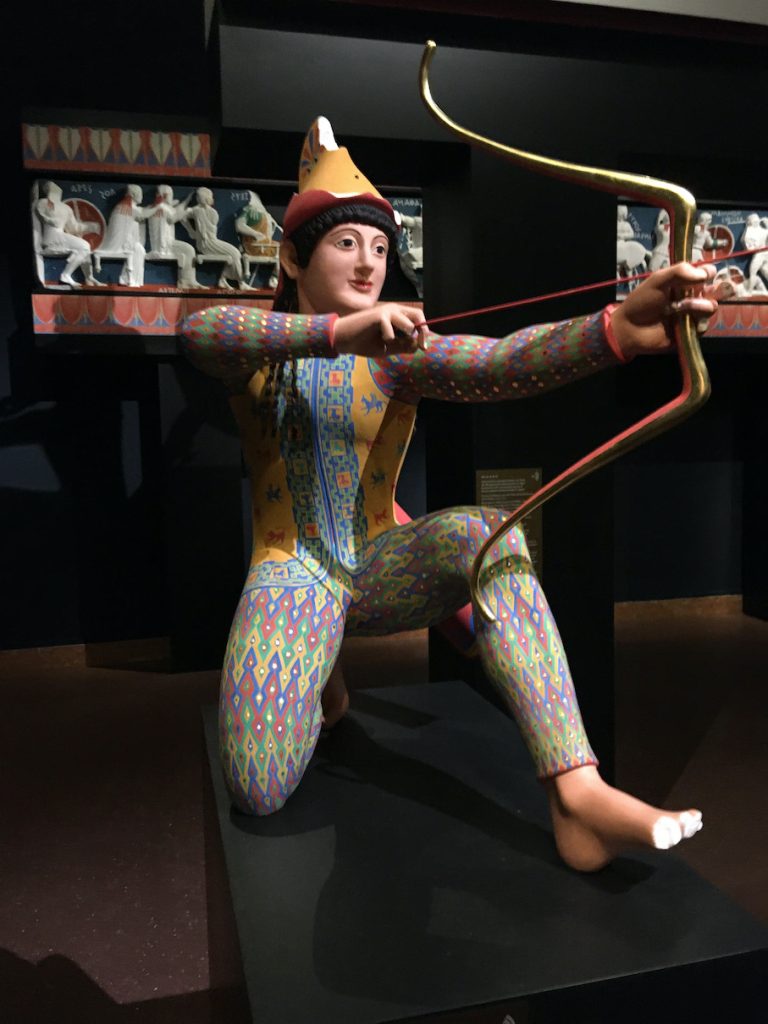Following from my previous post, if you get another shot at The Spectator, A.N. Wilson also had something to say earlier in the year on Arnold Bennett and a new biography by Patrick Donovan called Arnold Bennett: Lost Icon (Unicorn) which couldn’t help but interest me.
Now for me, Bennett is only the Bennett of Mr Bennett and Mrs Brown; that essay from a certain Mrs. Woolf that is the wryly imagined culmination of the legendary dispute between herself and the aforesaid, and is a proxy – so to speak – for that greater reckoning between proponents of realism and modernism in the early 2oth century novel.
More than a little snarky when it comes to Mrs. Woolf, in my opinion, is the Mr. Wilson. Nor quite accurate either. Bennett and Woolf were contemporaries only up to a point, more precisely their careers briefly overlapped; most of Bennett’s works (including the “Clayhanger” series) were published in the first two decades of the century, and Mr. Bennett’s criticism of Mrs. Woolf’s third novel Jacob’s Room came in 1922 and before her real rise to literary fame with Mrs. Dalloway. And Wilson’s claim that she (and others) had it in for Bennett because he was too “middle-brow” is rather specious. On the contrary, one could contend; it was Mrs. Woolf’s “Mrs Brown” who displayed various degrees of the too easily maligned “middle-brow” – Mrs. Woolf is rooting for the “middle-brow” with all their peculiarities and inconsistencies and against easy assumptions made of them. Her point is: if it were to be a “Mr. Bennett” who was to imagine and describe his “Mrs Brown”, he would have her been imbued in his own image, reflecting the world as he saw it.
I do understand Mr. Wilson’s loyalties towards Mr. Bennett – the links between the two men: Stoke-on-Trent, potteries, Wedgwood are clear. And Clayhanger and The Potter’s Hand stand only a century apart in the setting and a (different) century in the writing of; neither of which I have read, but am inclined to.





